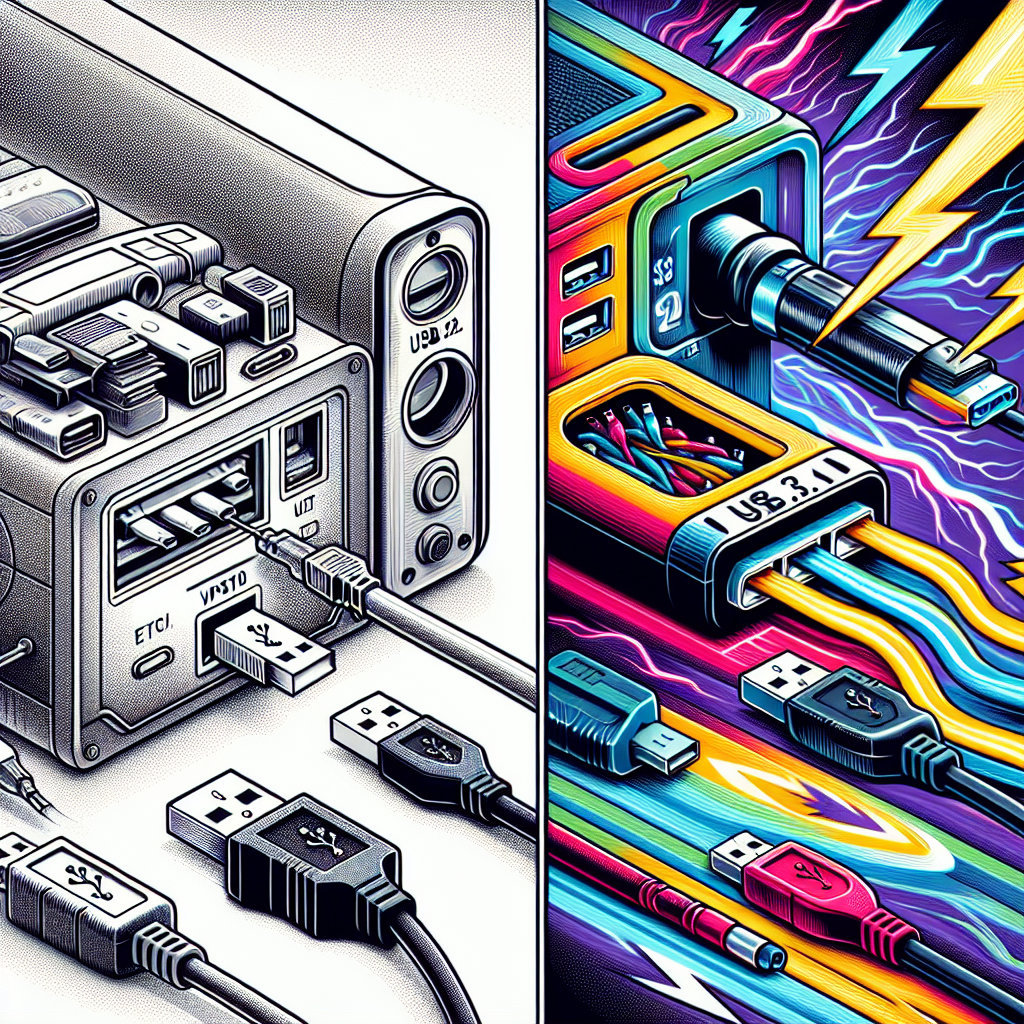Your cart is currently empty!
The Advantages of Upgrading to USB 3.0

USB 3.0, also known as SuperSpeed USB, is the third major version of the Universal Serial Bus (USB) standard for interfacing computers and electronic devices. While USB 2.0 has been the standard for many years, upgrading to USB 3.0 offers a number of advantages that make it worth considering.
One of the main advantages of USB 3.0 is its significantly faster data transfer speeds. USB 2.0 has a maximum transfer rate of 480 Mbps, while USB 3.0 can reach speeds of up to 5 Gbps, which is over ten times faster. This means that transferring large files, such as videos or high-resolution photos, can be done much more quickly with USB 3.0. This can save a significant amount of time for users who frequently transfer large amounts of data.
In addition to faster transfer speeds, USB 3.0 also provides more power to connected devices. USB 2.0 can deliver up to 500 mA of power, while USB 3.0 can provide up to 900 mA. This means that devices can charge more quickly when connected to a USB 3.0 port, and high-power devices such as external hard drives can be powered directly from the USB port without the need for an additional power source.
Another advantage of USB 3.0 is its improved power management features. USB 3.0 devices can enter a low-power state when not in use, which helps to conserve energy and extend battery life for portable devices. This can be particularly useful for laptops and other battery-powered devices that need to maximize their battery life.
Overall, upgrading to USB 3.0 offers a number of advantages that make it a worthwhile investment for users who need faster data transfer speeds, more power to their devices, and improved power management features. With USB 3.0 becoming more and more common in modern computers and devices, now is a great time to make the switch and enjoy the benefits of this faster and more efficient technology.

Leave a Reply